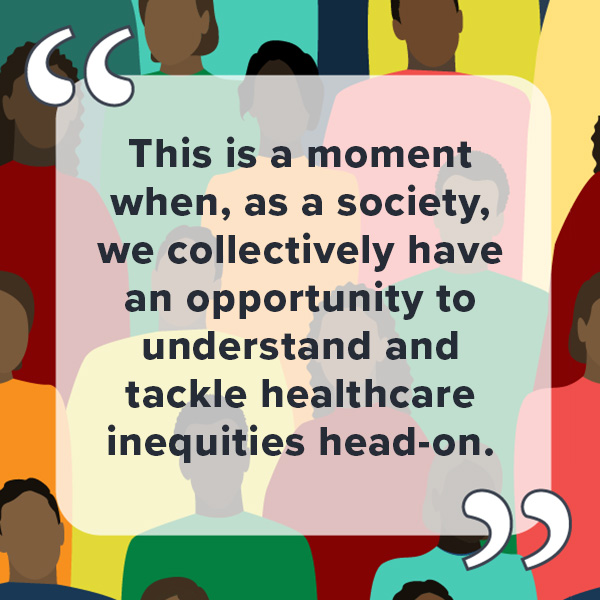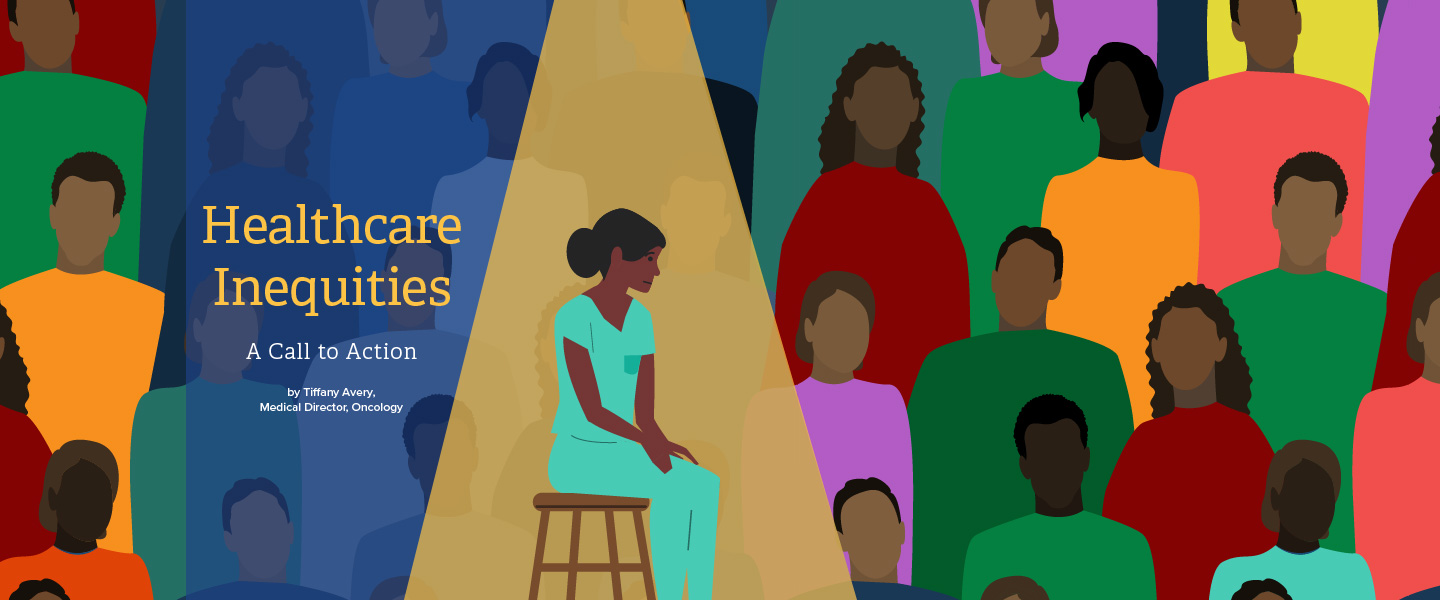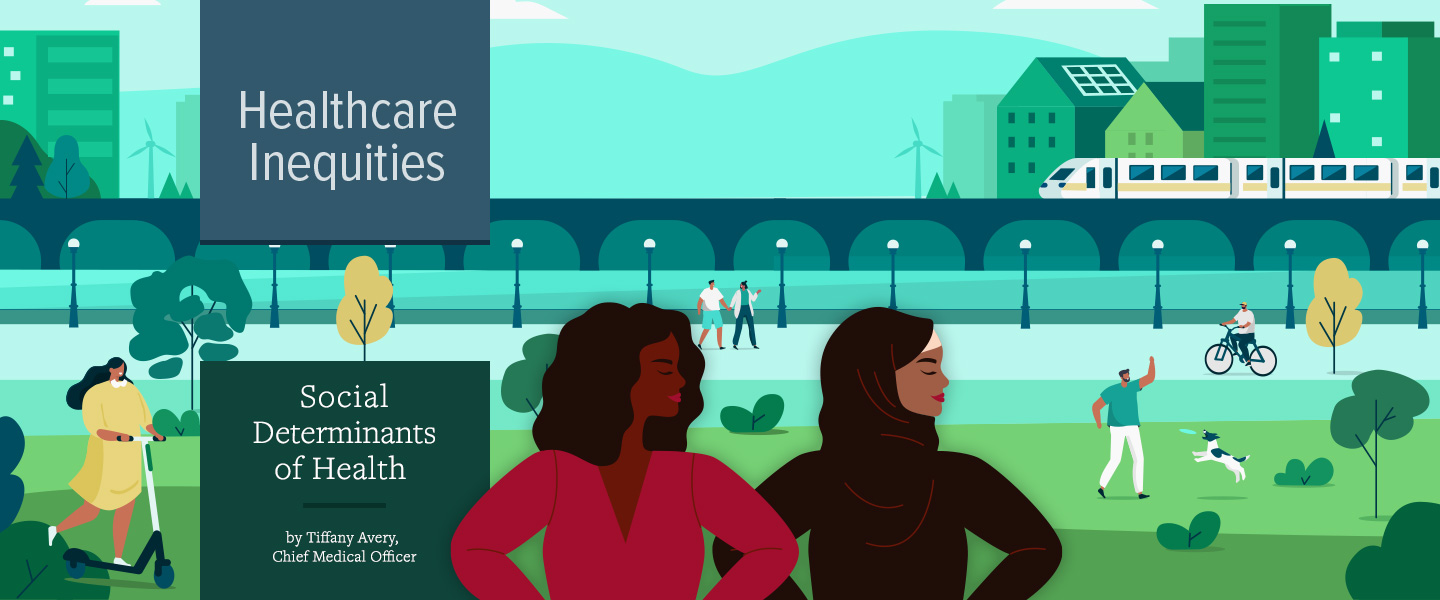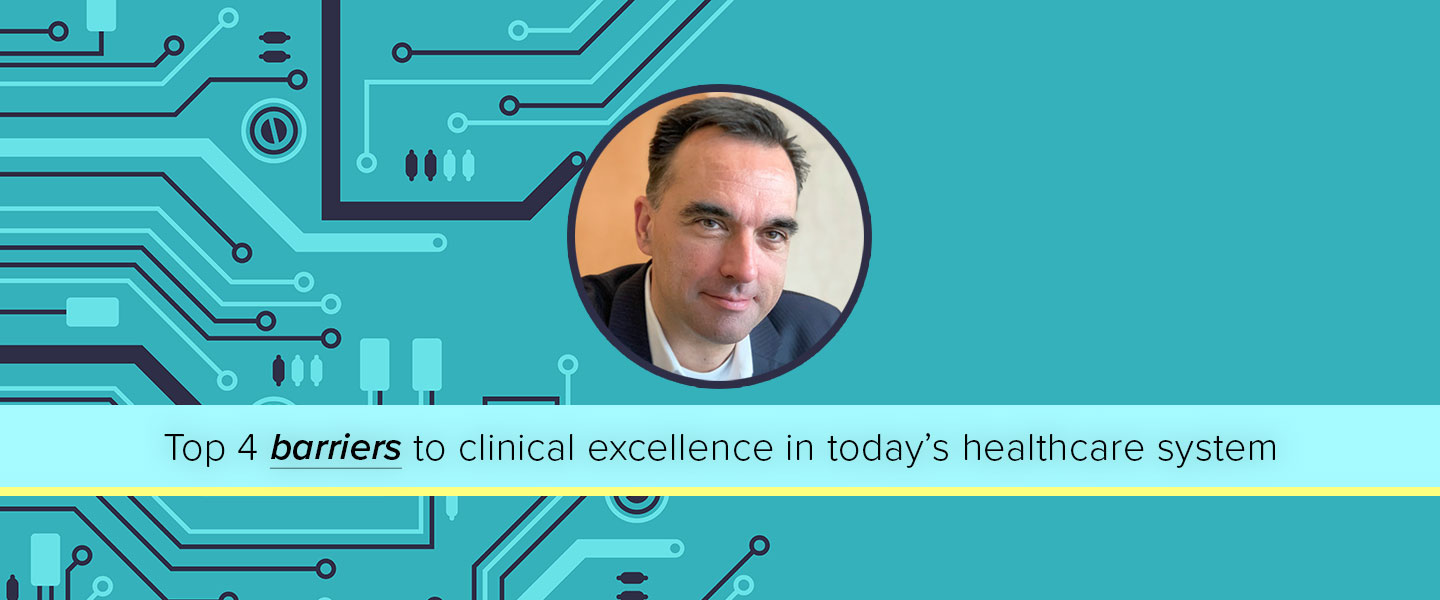As the COVID-19 pandemic took hold in the U.S., a pattern began to emerge in real-time. Mortality rates from COVID-19 were higher among Hispanic, Indigenous, and Black patients. The mortality rate of Black patients was the highest and more than double that of White patients. Unfortunately, this is not a new phenomenon in U.S. healthcare. As a medical oncologist, I have been keenly aware of differences in cancer survival, which have been described for decades. Like COVID-19, it is well documented that Black people die at higher rates from many cancers, including the most common cancers: breast, prostate, and colon.
Nevertheless, I was fascinated by the fact that the same issues contributing to survival disparities in cancer were unfolding before us in real-time during an infectious disease pandemic. Issues that I had discussed at length with colleagues regarding the basis of healthcare disparities were suddenly front and center on the nightly news, and healthcare inequities were thrust into the spotlight. As it turns out – and to my surprise – many of the same issues that contribute to survival differences in cancer are also at the heart of what we see playing out during this pandemic. This is a moment when, as a society, we collectively have an opportunity to understand and tackle healthcare inequities head-on.
First, let’s consider the difference between health disparities and health inequities. Health disparities are most simply differences observed in healthcare outcomes. For example, the increased mortality among Black people in the COVID-19 pandemic and in cancer are examples of disparities. Similar disparities are documented in maternal mortality rates, childhood asthma, and prevalence of high blood pressure and diabetes. Not only confined to racial and ethnic groups, disparities are also seen in terms of later stage cancer diagnoses among rural populations and patients of lower socioeconomic status. Health inequities, on the other hand, are defined by the World Health Organization as “differences in health status or the distribution of health resources between different population groups, arising from the social conditions in which people are born, grow, live, work and age.” Understanding health inequities gives a framework to consider the underlying causes of observed disparities and provides a roadmap to begin to address inequities to impact disparities.

At the core, the need to address disparities and health inequities is a moral issue. As Dr. Martin Luther King stated, “Of all forms of inequality, injustice in health care is the most shocking and inhumane.” This is also an economic issue. It is estimated that disparities in the health care system resulted in $60 billion in excess health care costs and $22 billion in lost productivity in 2009. The economic burden of disparities in the U.S. is projected to increase to $126 billion in 2020 and to $353 billion in 2050. Likewise, an analysis by the Urban Institute projected that, between 2009 and 2018, racial disparities cost U.S. health insurers approximately $337 billion. So, whether we consider the moral or economic implications of disparities in the U.S. healthcare system, it is clear that significant changes are needed. Examining social determinants of health, which the CDC defines as “conditions in the places where people live, learn, work, and play that affect a wide range of health risks and outcomes,” is a way to think about health inequities systematically. Examining social determinants of health acknowledges that many factors that impact a person’s health happen outside of the medical system. The social determinants of health encompass a wide range of conditions, including access to healthcare and education, economic stability and socioeconomic status, and the physical characteristics of the neighborhood.
Access to healthcare is an important component of the social determinants of health. Healthcare access encompasses insurance coverage and geographically accessible medical facilities, which are less available in rural communities. Despite the expansion of Medicaid that was legislated under the Affordable Care Act in 2010, over 28 million people remain uninsured in the U.S. Among states that participated in Medicaid expansion, overall mortality rates and rates of delayed care both decreased. Considering the chronic conditions which are most prevalent and costly in the U.S. population, like heart disease, stroke, cancer, and diabetes, the need for early diagnosis and appropriate management of these conditions is critical. Uninsured rates are highest among Native American, Hispanic, and Black populations. Although all three groups gained insurance coverage under the ACA, disparities still exist in rates of insurance coverage. It is estimated that the gap in insurance coverage will widen due to the coronavirus pandemic, as estimated rates of loss of insurance due to the pandemic for Black, Hispanic, and Asian populations are double that of the White population.
Another example of social determinants of health is the physical characteristics of neighborhoods. Examples of neighborhood characteristics include access to fresh food, quality housing, access to public transportation, and public parks and recreation facilities. Consider the existence of food deserts across the country. Those are geographic areas with limited access to grocery stores and fresh food. These areas often also have limited transportation options. If a person lives in a place where there are more fast food than fresh food options, this impacts the personal health decisions that a person makes, impacting overall health status. Another physical neighborhood characteristic to consider is air and water quality. The country saw a vivid example of this type of health inequity in the Flint, Michigan water crisis, where the residents of Flint were exposed to toxic levels of lead and legionella bacteria in the water supply.
Underlying inequity in social determinants of health is structural racism. Structural racism is a societal pattern of disadvantages that cumulatively work against groups based on race. For example, in terms of housing, policies of redlining by the Federal Housing Administration (FHA) led to the identification of neighborhoods that were deemed risky for mortgage lending. These neighborhoods were often older, located at the city center, and predominantly Black. At the same time, the FHA subsidized builders who were building suburban communities that explicitly denied entry to Black people. In the FHA Underwriting Manual of 1936, mechanisms were suggested to segregate Black people from White neighborhoods, including the use of deed restrictions, which prohibited the sale of property to non-white people in neighborhoods throughout the country. In addition to the inability of people who lived in redlined neighborhoods to obtain mortgages and achieve homeownership – a primary way to build wealth-redlined neighborhoods also suffered from a lack of financial investment and limited financial services. It was not until 1968 that The Fair Housing Act made the practice of racial discrimination in real estate illegal.

Consider the effect of decades of underinvestment in Black communities and the stifling of wealth creation through denial of homeownership. The impact this could have had on these particular neighborhoods in terms of the social determinants of health is considerable. Indeed, recent studies have shown that neighborhoods that were redlined in the 1930s now have higher rates of chronic conditions, including asthma, diabetes, COPD, and hypertension-all chronic conditions that contribute to health survival disparities observed in the COVID-19 pandemic. This is just one example of how structural racism underlies the social determinants of health, both of which contribute to the end result of disparities in chronic conditions and mortality.
Desmond Tutu said, “There comes a point where we need to stop just pulling people out of the river. We need to go upstream and find out why they’re falling in.” This is how I think of health equity and social determinants of health. It is not enough to continue to document that certain populations present to the medical community with more advanced conditions and have higher mortality rates. What is going on in the larger context? What is happening in the communities that lead to these downstream effects, and how can we make an impact?
If we continue to focus on the end result and miss all of the contextual factors that contribute, we will not be able to get a handle on the issue. Since the problem of healthcare inequities is layered and complicated, it can seem too big for any one of us to solve, which is true, I think. This is too big for one type of intervention or one sector of the healthcare industry. But, it can be tackled from different angles, including efforts from the medical community, government, industry, and partnerships with the communities which are affected. The first thing to remember is that progress has already been made in areas where focused efforts – cancer screenings, such as mammography, and smoking cessation, have improved mortality rates and made some strides in closing the cancer mortality gap. NantHealth uses data to reduce inequities with products like Eviti, which brings evidence-based medicine to all clients so that they are getting access to true standard of care treatment. We must ensure that advances in cancer care and healthcare are experienced by all people and that everyone has an equal chance at attaining optimal health.
In the next series of blogs, we will examine one factor of healthcare inequity in detail to review its impact on healthcare disparities and examine how we might work to make a difference in that area. We will focus on access to healthcare, the social determinants of health, and partnerships with affected communities in the coming articles. At NantHealth we believe that with innovative thinking and action on these crucial issues, our healthcare community can continue to make strides in achieving true health equity in the U.S.







